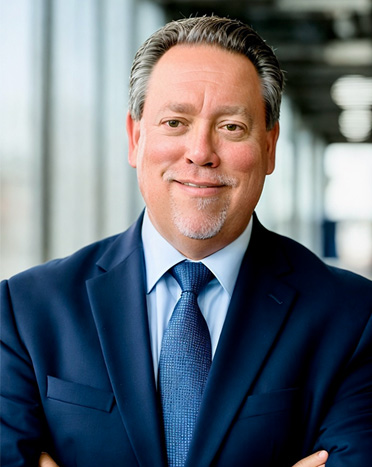BALTIMORE, MD, November 16, 2022 – New audio is available for media use featuring Ramayya Krishnan, the Dean of the Heinz College of Information Systems at Carnegie Mellon University. He’s also the Public Policy and William W. and Ruth F. Cooper Professor of Management Science and Information Systems. Krishnan speaks about smart cities and America’s future. Carnegie Mellon is home to Metro 21: Smart Cities Institute. Metro21 is an interdisciplinary research and implementation lab at Carnegie Mellon that uses technology to work with metropolitan and rural communities to tackle some of their most pressing real-world challenges. This content is made available by INFORMS, the largest association for the decision and data sciences. What follows are four questions and responses. These responses were provided on November 14, 2022.
Question 1: How would you define the term “smart cities?”
Time Cue: :44, Soundbite Duration: :18
“I define ‘smart’ in smart cities not really about the intelligence of the technology, but really about the services that could be provided to reduce causes of inequality, and to actually improve the quality of life for all the citizens in the community.”
Question 2: What role can artificial intelligence play in helping America realize the dream of smart cities?
Time Cue: 1:08, Soundbite Duration: :49
“Artificial Intelligence or AI is means to an end. It's an enabling technology. It can help provide better educational opportunities for kids. For instance, providing better learning outcomes for kids who have lost a year from the pandemic. It can provide workforce opportunities and upscaling and rescaling opportunities for people to acquire skills to join the workforce, and thereby get access to economic opportunity. And it could provide better access to infrastructure. For instance, better transportation and mobility systems. So, AI provides all these kinds of benefits. But as with anything else it has to be deployed responsibly, and you want to get all the benefits of AI innovation while mitigating the harm and bias that AI might cause.”
Question 3: What is happening today towards tapping the potential of a smart cities’ future?
Time Cue: 02:05, Soundbite Duration: :56
“We are at a unique inflection point with respect to smart cities. We have a once-in-a-lifetime influx of federal resources that are coming in for both cities and rural communities alike with very large amounts of money that the federal government is investing. Close to a trillion dollars in infrastructure investments and jobs. This is through a collection of acts that you all might be familiar with, such as the Inflation Reduction Act, the CHIPs and Science Act and the and the jobs act. And on account of this, this great influx of resources needs to be put to use in the various ways that I mentioned to both improve quality of life, provide better services, improve infrastructure and create the foundation for making the communities better prepared for the future.”
Question 4: What are the obstacles and challenges that must be addressed in both the near- and long-term?
Time Cue: 03:09, Soundbite Duration: 1:34
“A first order or obstacle or concern is the current state of infrastructure is poor. It was rated C-minus by the American Society of Civil Engineers. So, we're building from a fairly low state. So we need to prioritize and identify where the biggest opportunities are for investing in improving our infrastructure. And I think there's an opportunity to take advantage of all the new technologies, be they green technologies, be they new technologies that are now coming to the fore. Both in terms of infrastructure, but also for opportunities for work. For instance, there are opportunities in AI, in robotics, and all sorts of new clusters that are emerging. For instance, at Carnegie Mellon we recently were awarded one of the regional innovation grants as part of the Build Back Better Program. And that's about building a cluster in robotics and autonomy right here in Pittsburgh. So, I think taking advantage of these new opportunities that are available to us to rebuild our cities both, and our rural communities alike to provide people with these opportunities I spoke about, I think, is really a near-term opportunity. The long-term opportunity is to ensure that we constantly invest in infrastructure, in services in various ways in which we can help our communities really benefit from and contribute to improved economic activity as well as a quality of life.”
# # #
About INFORMS
With more than 12,000 members from around the world, INFORMS is the largest association for the decision and data sciences, made up of professionals and students. INFORMS members support organizations and governments at all levels as they work to transform data into information, and information into insights that lead to more efficient, effective, equitable and impactful results.


Media Contact
Jeff Cohen
Chief Strategy Officer
INFORMS
Catonsville, MD
[email protected]
443-757-3565

